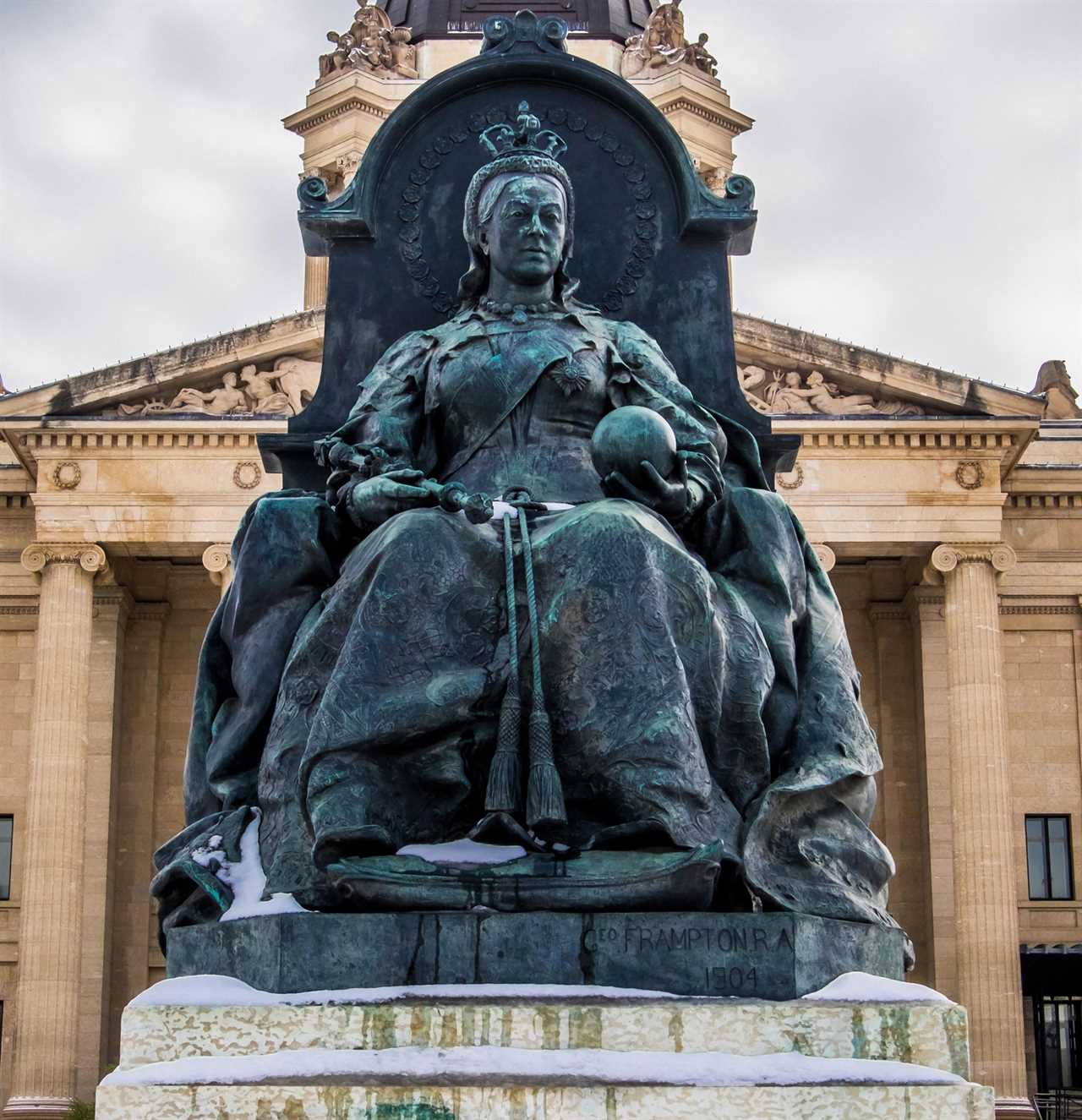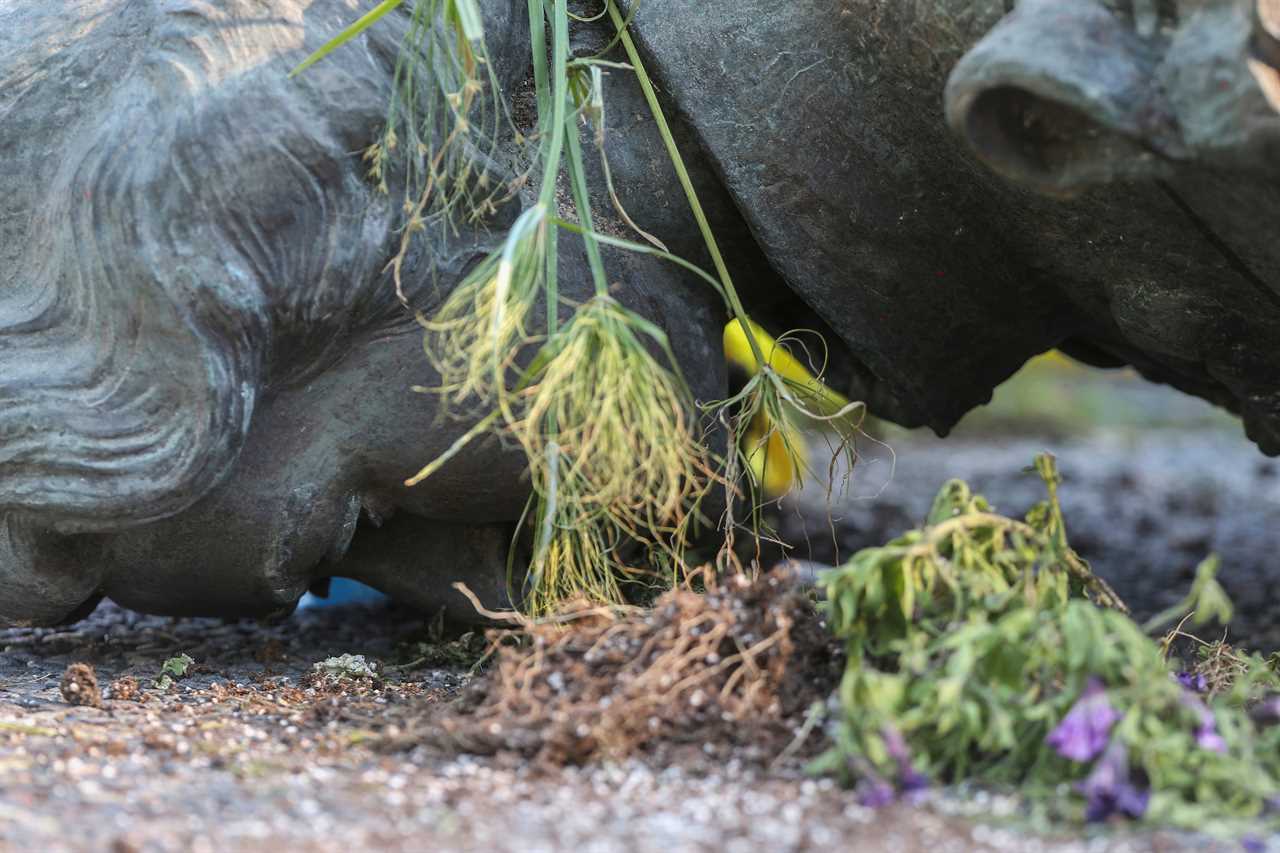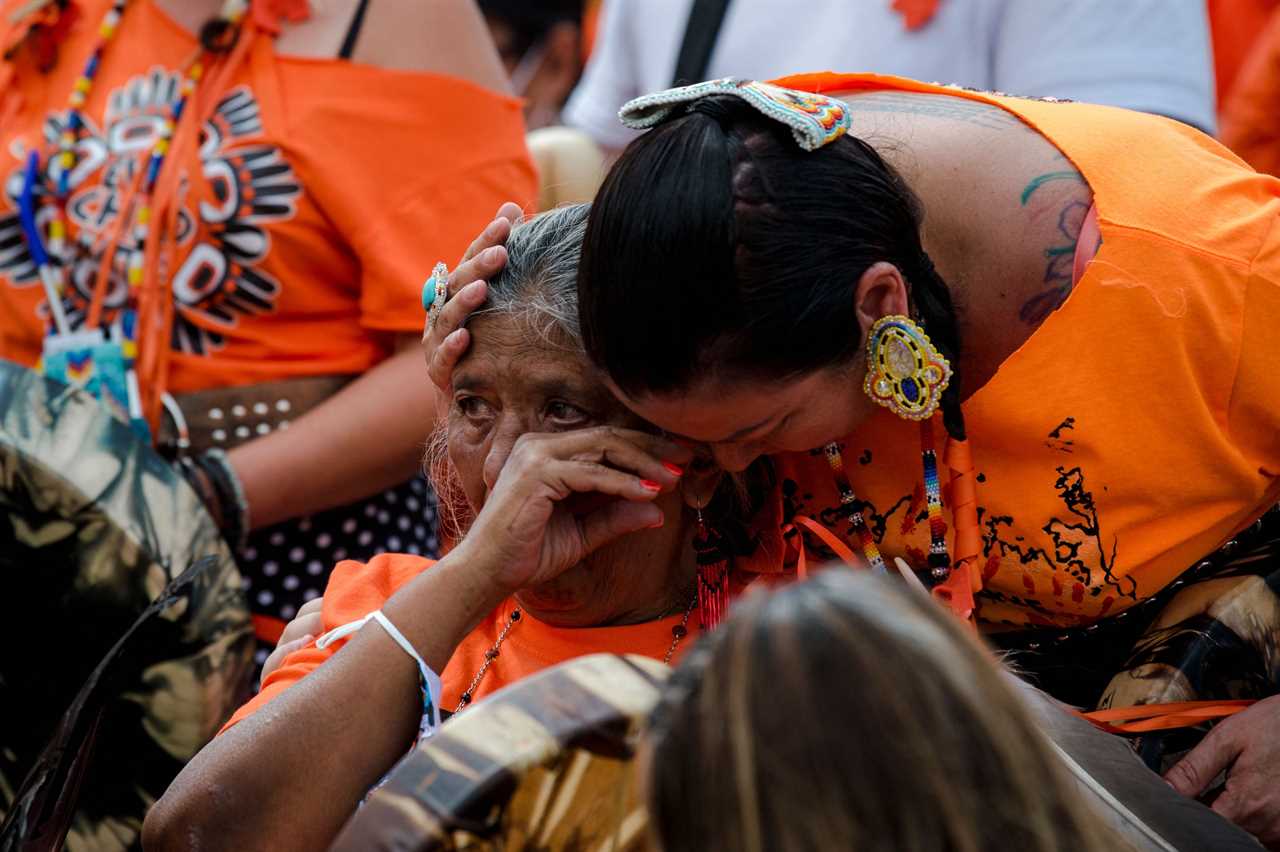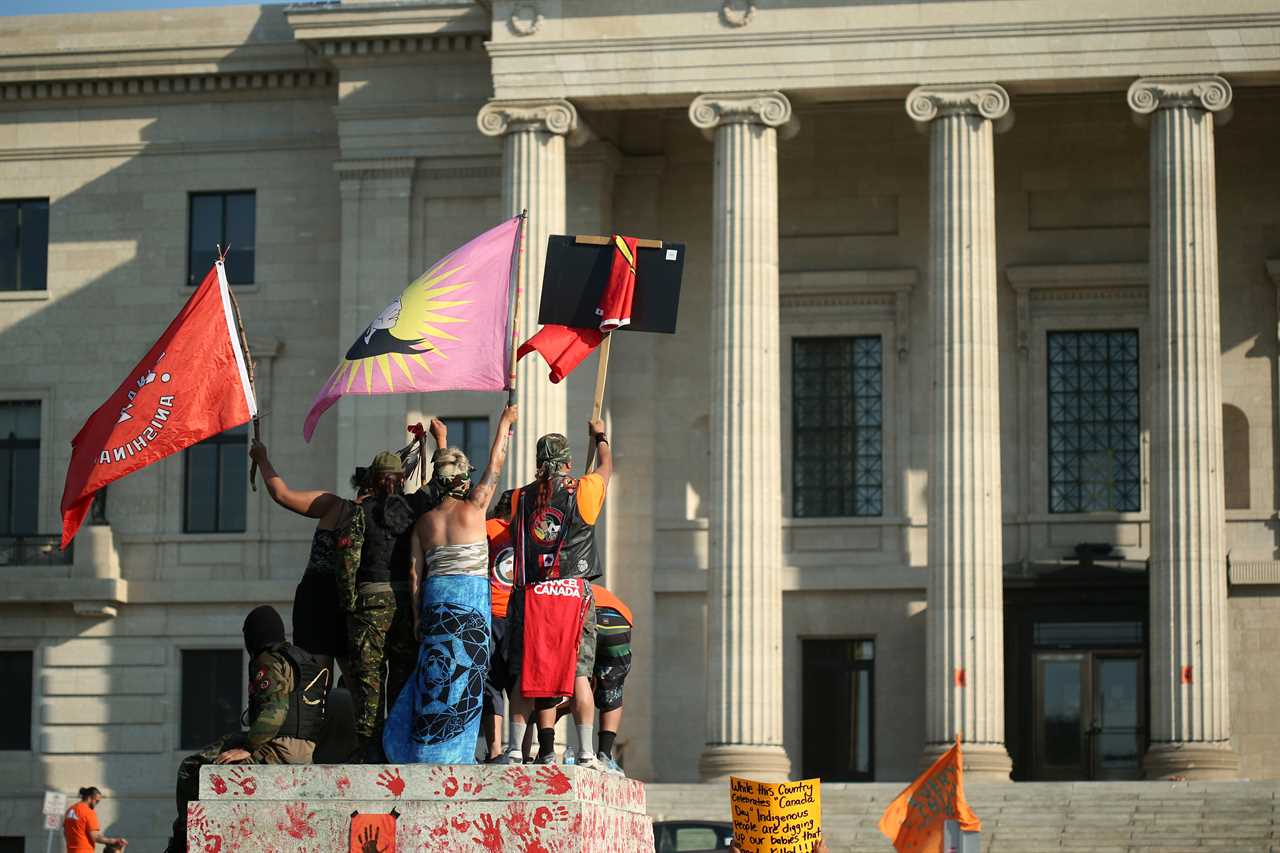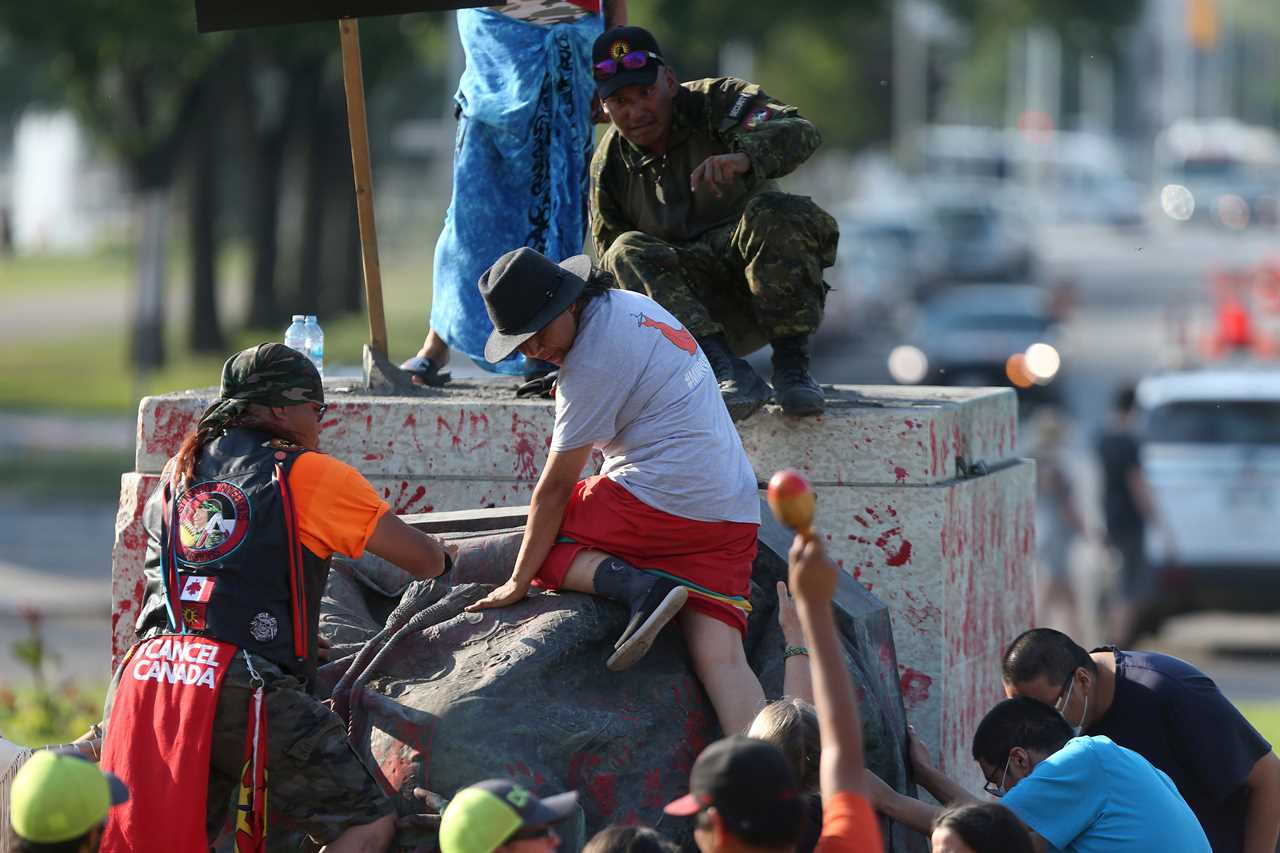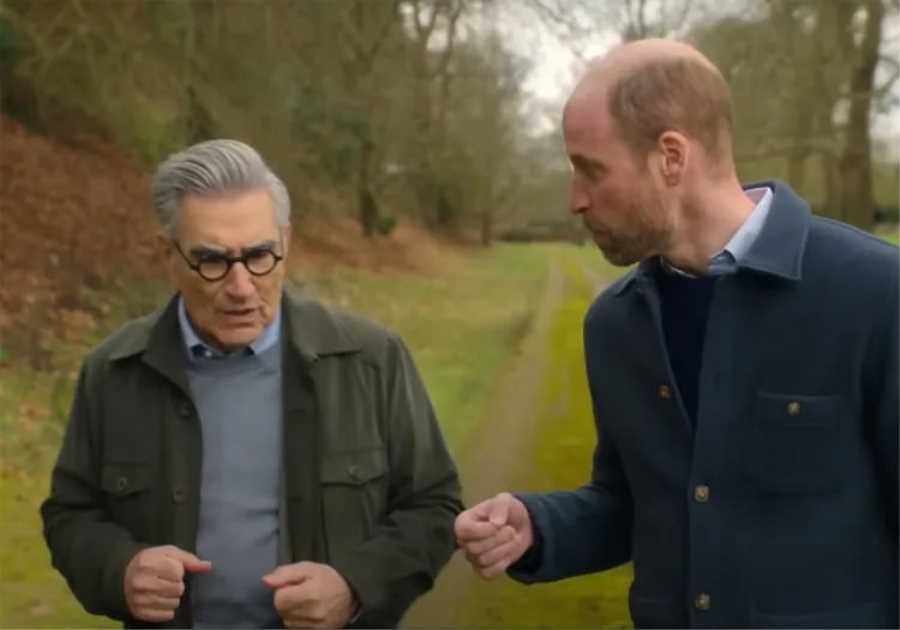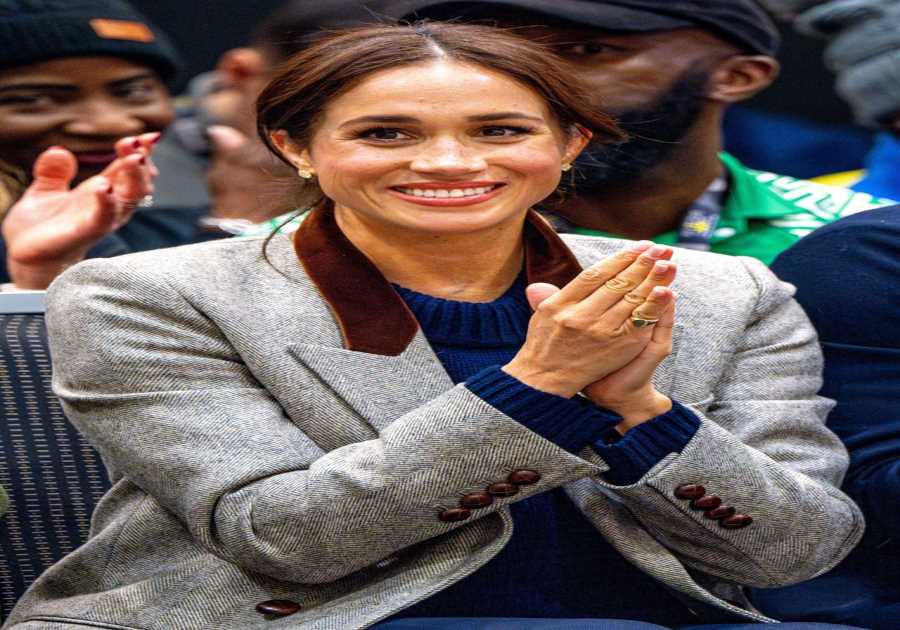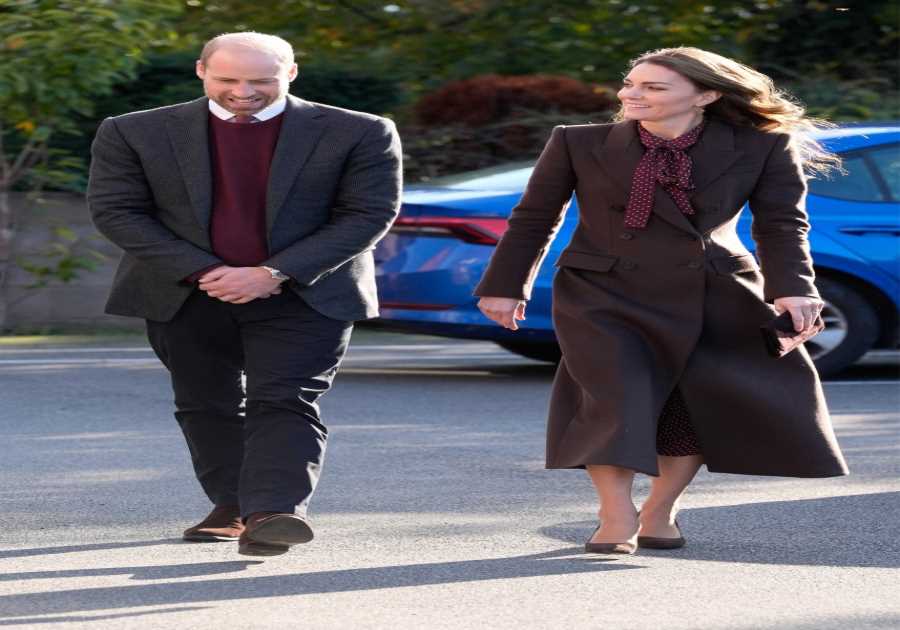BORIS Johnson condemned Canadian anti-colonial protesters who raged “tear the b**ch down” as they toppled a statue of Queen Elizabeth II.
Johnson said he sympathised with the protesters angered by the “tragic discoveries” of mass graves belonging to First Nations children but iterated he opposed “any defacing of statues of the Queen”.
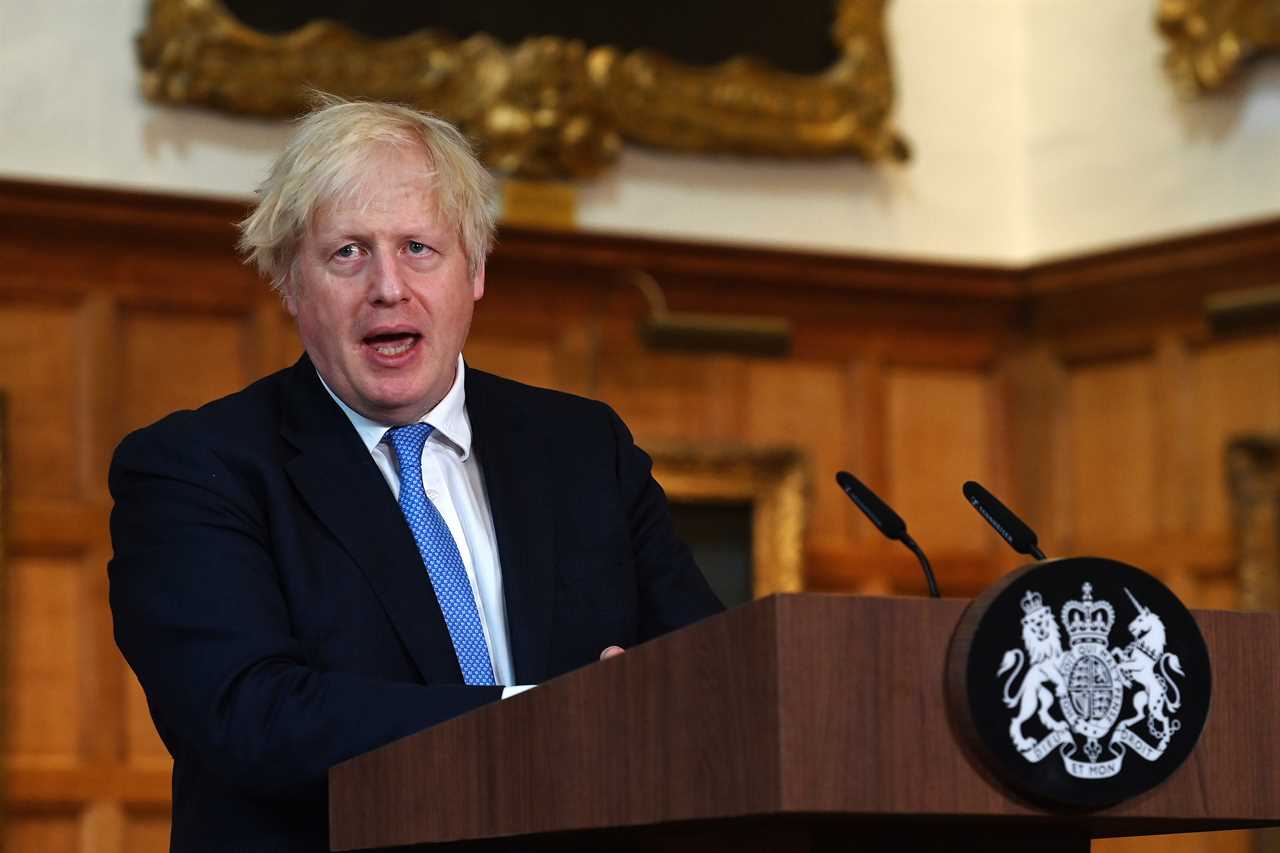
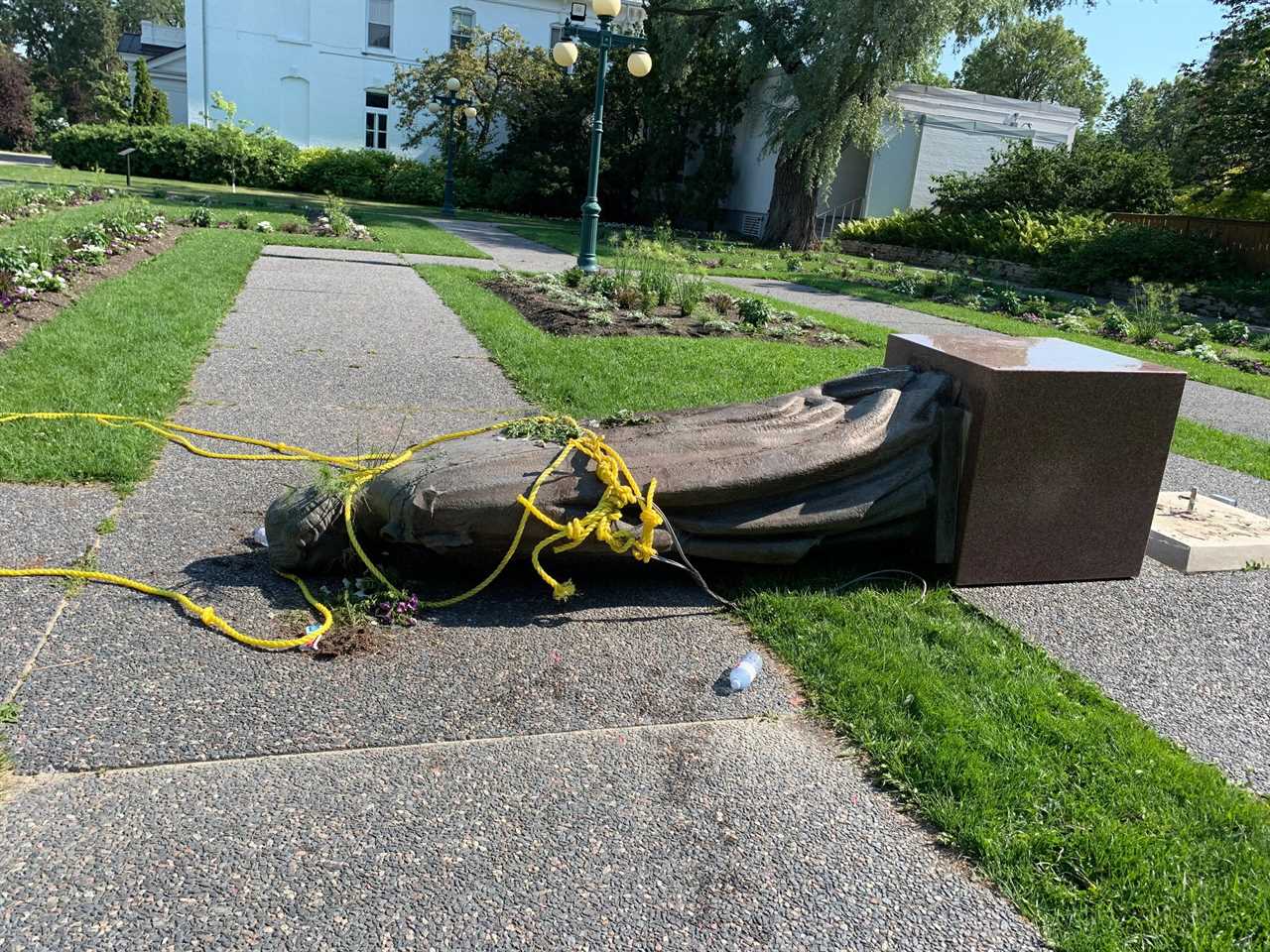
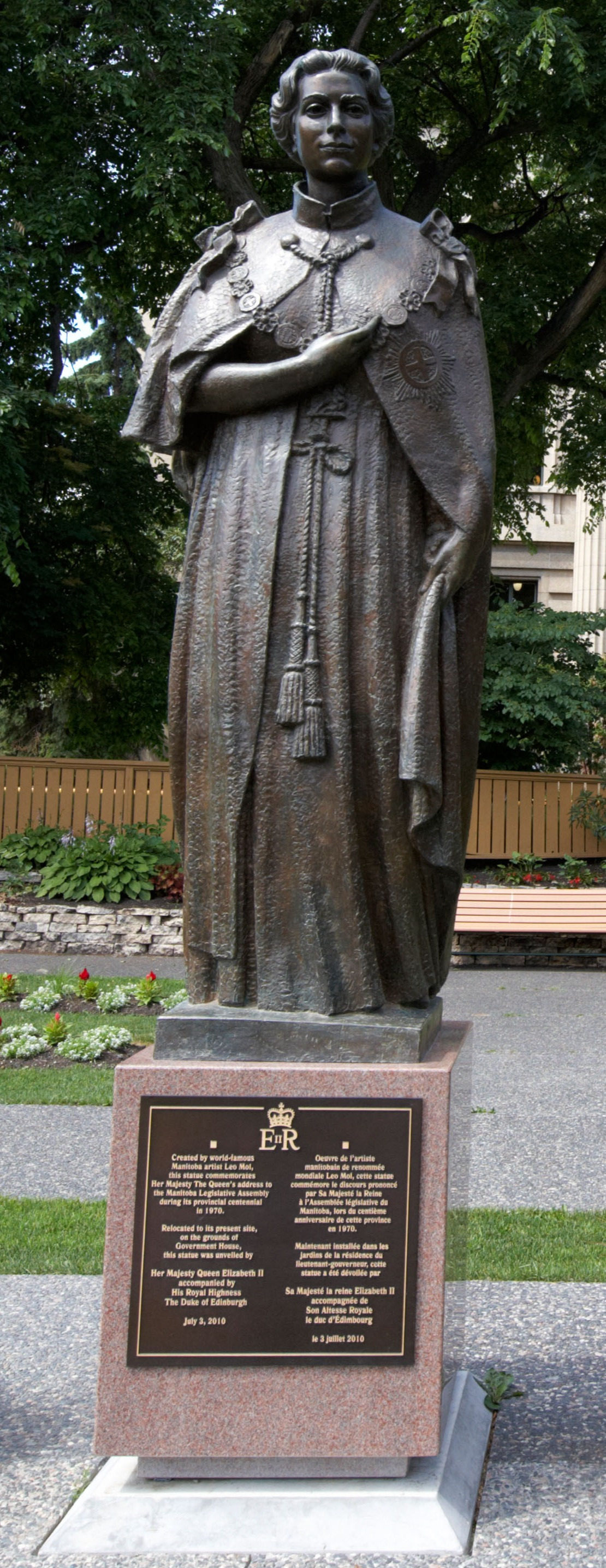
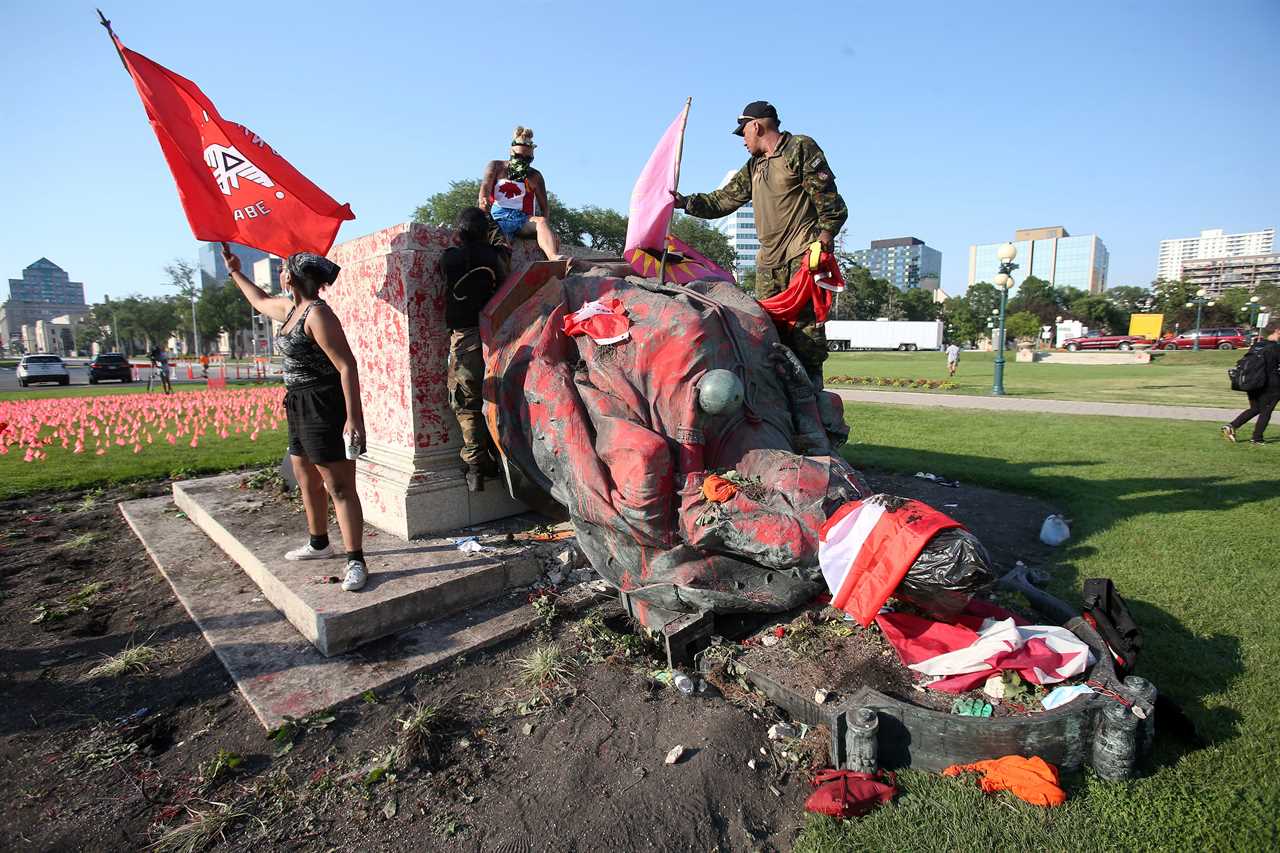
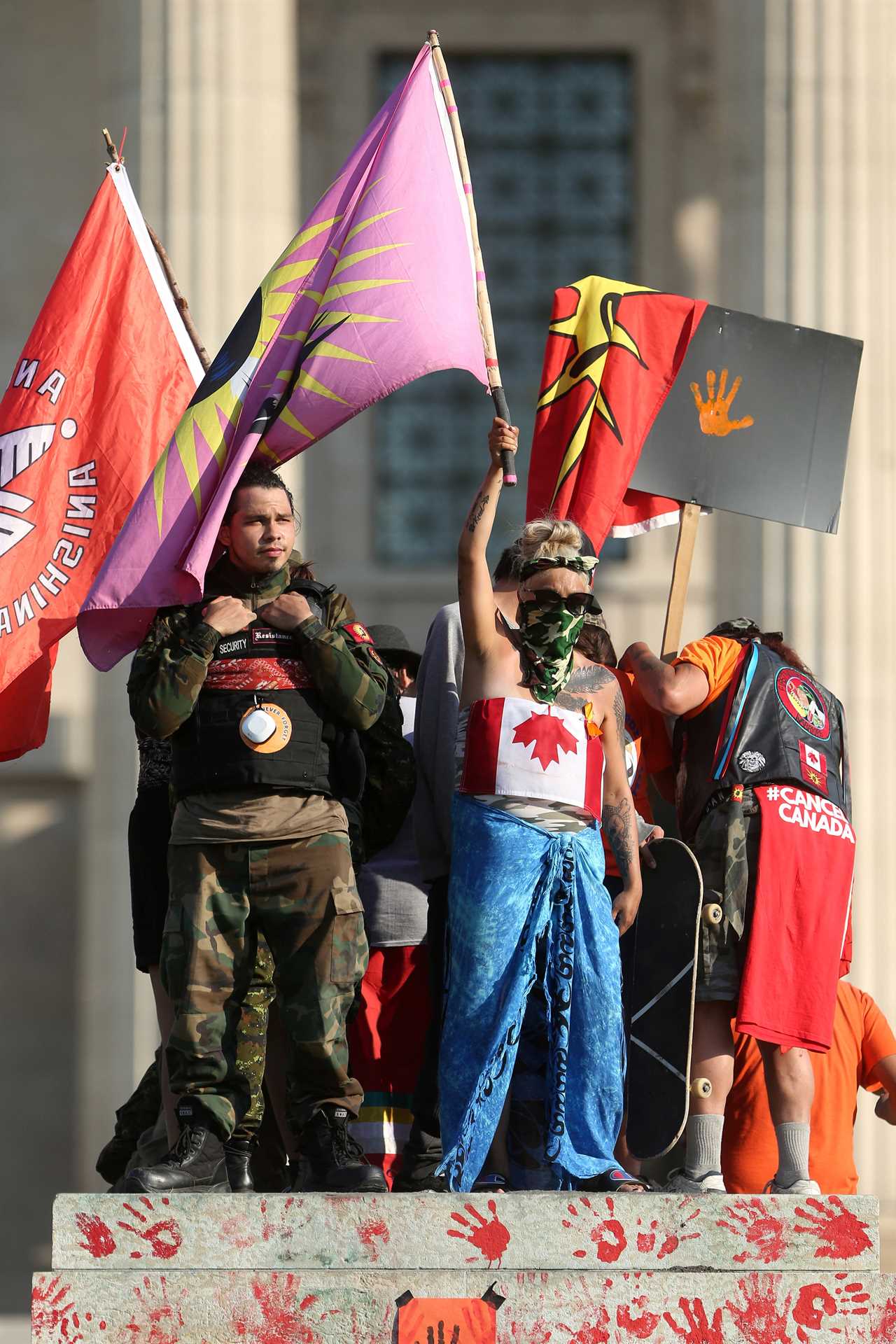
Footage online shows members of the left-wing anti-colonialist Idle No More group tying a rope around the Queen’s sculpture and tearing it down, chanting “no justice, no peace”.
Demonstrators were reacting to news that the bodies of more than 1,000 First Nations children were found buried in boarding schools across British Columbia.
In a separate clip, protesters chant “knock her down” as they topple Queen Victoria’s sculpture, daubing it in red paint and leaving a “we were children once. Bring them home” sign beside it.
“We obviously condemn any defacing of statues of the Queen”, the prime minister’s spokesperson told reporters.
“Our thoughts are with Canada’s indigenous community following these tragic discoveries and we follow these issues closely and continue to engage with the government of Canada with indigenous matters.’
Waabishkaa Ma’iingan Naakshig, who describes himself as a “Land Defender/Water Protector”, uploaded footage of the incident and captioned it “I helped tear the b**ch down”.
The protesters, dressed in orange shirts to honour the lost children, headed for the legislature as part of the “Every Child Matters” rally.
CBS News reports a man who came to criticise the demonstrations has been arrested.
Police are yet to arrest protesters but have launched an investigation.
The toppling outside Canada‘s Manitoba Legislature on Thursday tops off weeks of protests by First Nation communities over their alleged treatment in state-sanctioned boarding schools during the 19th and 20th centuries.
It also coincided with the country’s federal holiday, Canada Day, which celebrates the unification of all four British territories into one confederacy on July 1, 1867.
First Nation communities accuse Britain of incarcerating and then siphoning off swathes of indigenous lands in the 18th and 19th centuries.
Many tribes, in particular the Haudenosaunee people in modern day Montreal, were forced to surrender land in exchange for protection by British colonial forces.
In 1763, King George III issued a Royal Proclamation barring indigenous people for settling or trading in western Canada without Britain’s permission.
By the 1800s, more communities were forced to surrender territory to make way for a new wave of European settlers and widespread dispossession continued throughout the century, forcing many indigenous people into squalid communes.
In the late 1800s, Canadian authorities pursued a policy of forced education of First Nations children, which saw more than 150,000 kids stripped from their families and housed in poor conditions and sexually and physically abused.
An estimated 6,000 children perished while attending the schools.
The backlash comes as 200 bodies were found in a mass grave at St Eugene’s Mission school in Cranbrook, British Columbia, earlier this week.
Another 761 children’s remains were uncovered in a mass grave at a former Indigenous boarding school in southern Saskatchewan.
The discovery – the largest to date – was made by the Cowessess First Nation on last Thursday, who are continuing their mission to expose the exploitation and “cultural genocide” of their ancestors.
